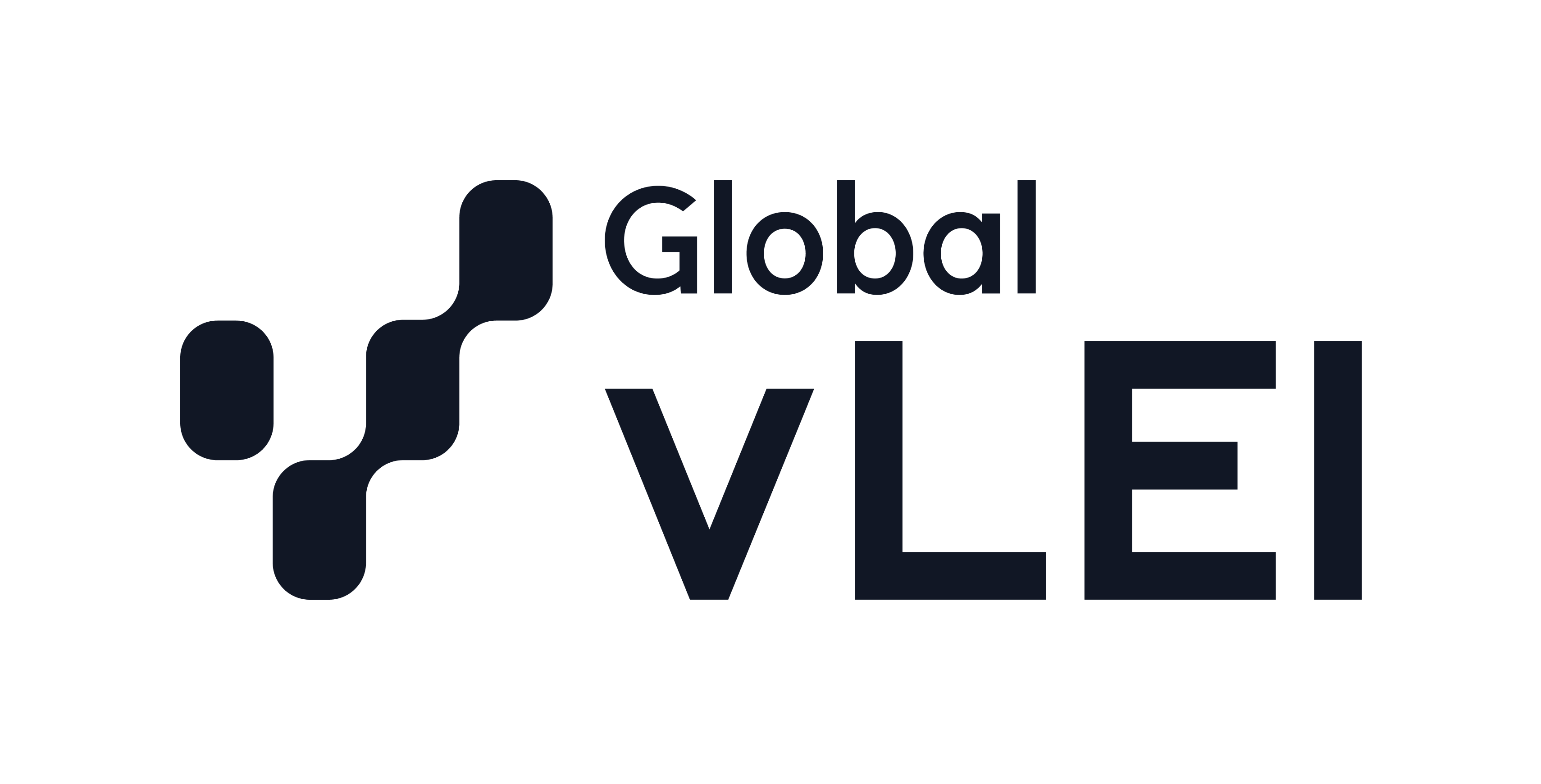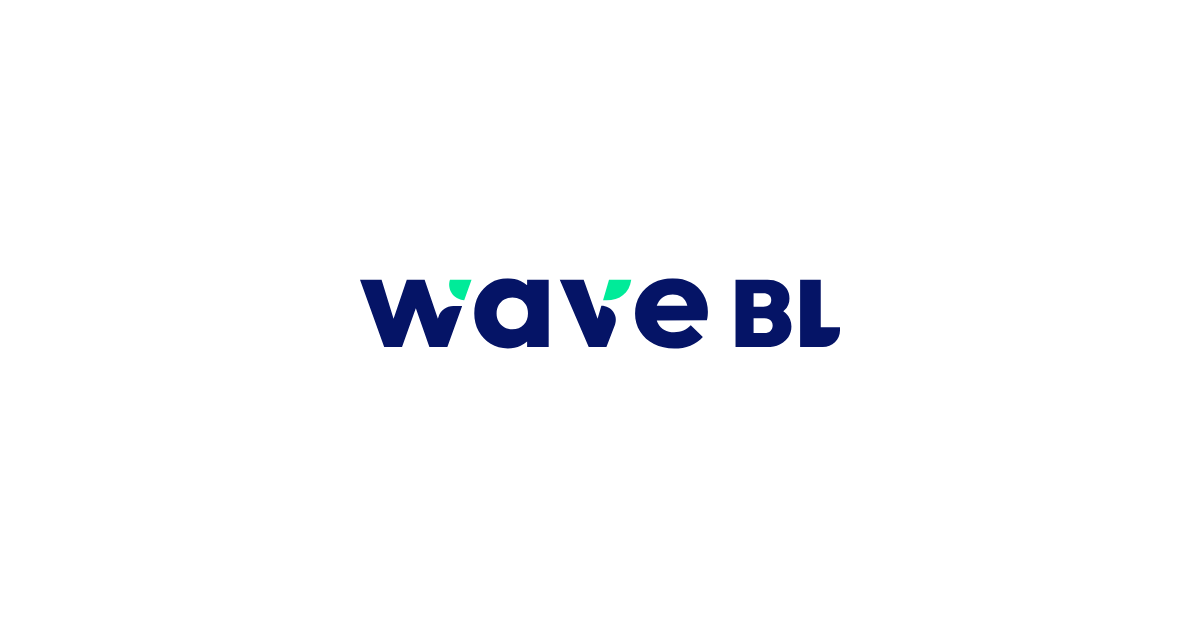WaveBL is incorporating Legal Entity Identifiers (LEIs) and verifiable LEIs (vLEIs) into its digital trade platform to improve the security and reliability of electronic trade documents. The initiative aligns with the shipping industry’s broader push for full adoption of electronic Bills of Lading (eBLs) by 2030.
Strengthening digital identity in trade
LEIs are a global standard for identifying legal entities involved in transactions. By embedding LEIs into eBLs and electronic Bills of Exchange (eBoEs), WaveBL aims to:
- Ensure consistent and verified identification of entities
- Reduce the risk of fraud and errors
- Improve transparency and interoperability across platforms
The integration of LEIs supports WaveBL’s goal of making digital trade documents more secure and legally trustworthy.
Combining LEIs with Platform Digital Identifiers
WaveBL also uses Platform Digital Identifiers (PDIs) to assign digital identities to legal entities on its platform. While PDIs represent users within the system, linking them with LEIs adds a layer of standardized and verified identity. This dual approach helps:
- Prevent discrepancies across platforms
- Ensure the authenticity of digital identities
- Enable reliable automation of trade processes
Addressing identification challenges
Current methods for identifying legal entities in electronic trade often vary between platforms. This inconsistency can lead to misidentification and legal disputes. LEIs offer a uniform standard to minimize such risks.
The use of vLEIs adds further assurance by enabling automated verification of the authority behind each digital identity, reducing the need for manual validation.
Enabling cross-platform and cross-border trade
As global trade increasingly shifts to digital formats, LEIs offer a way to streamline interoperability. Their use allows platforms to:
- Accurately identify trading parties across different jurisdictions
- Support seamless document exchanges between systems
- Improve compliance with regulatory frameworks
This is essential for meeting the Digital Container Shipping Association’s (DCSA) target of 100% eBL adoption by 2030.
Enhancing security and compliance
By providing a trusted identity verification method, LEIs reduce fraud and improve regulatory compliance. The addition of vLEIs allows platforms to verify not only the entity but also the individual authorized to act on its behalf.
WaveBL’s adoption of LEIs and vLEIs positions the platform to meet evolving legal and technological standards in digital trade.


